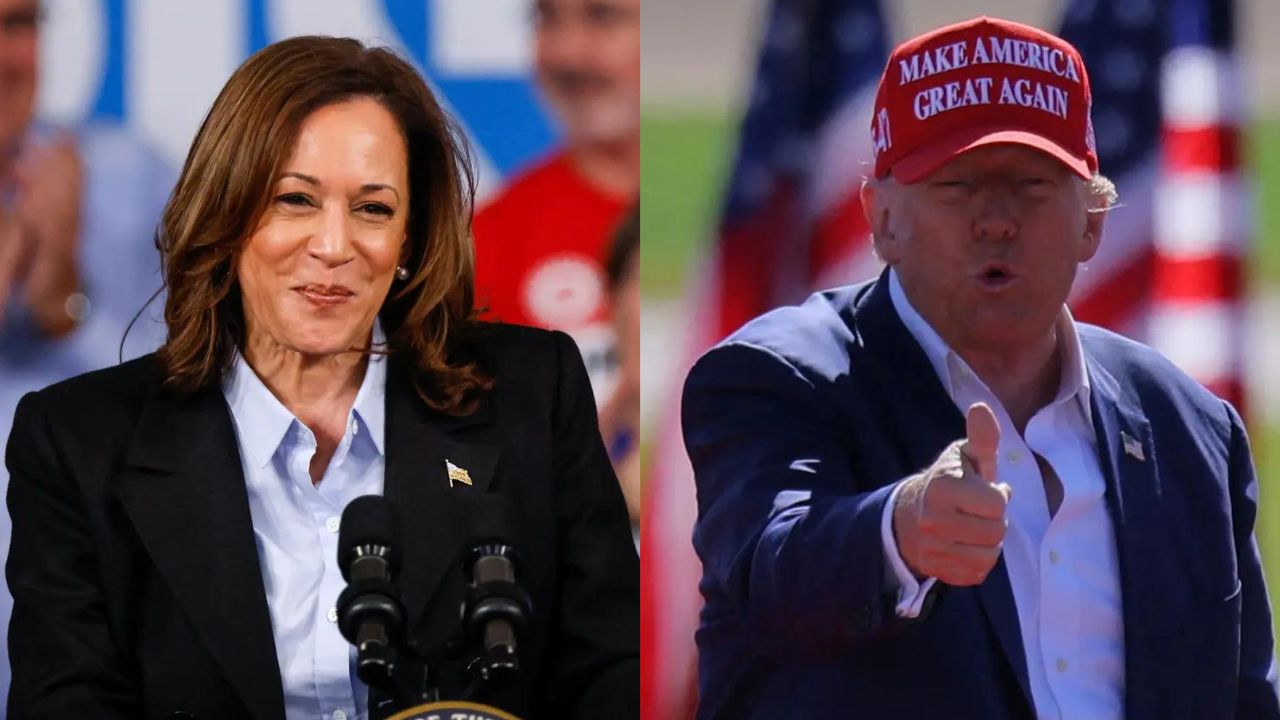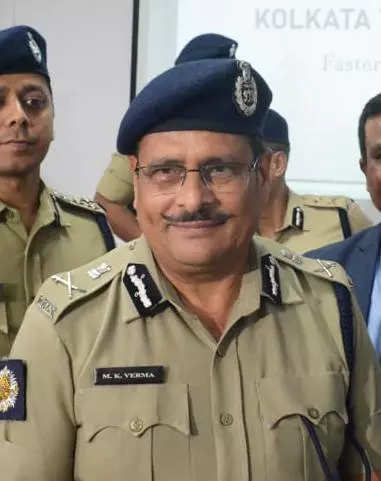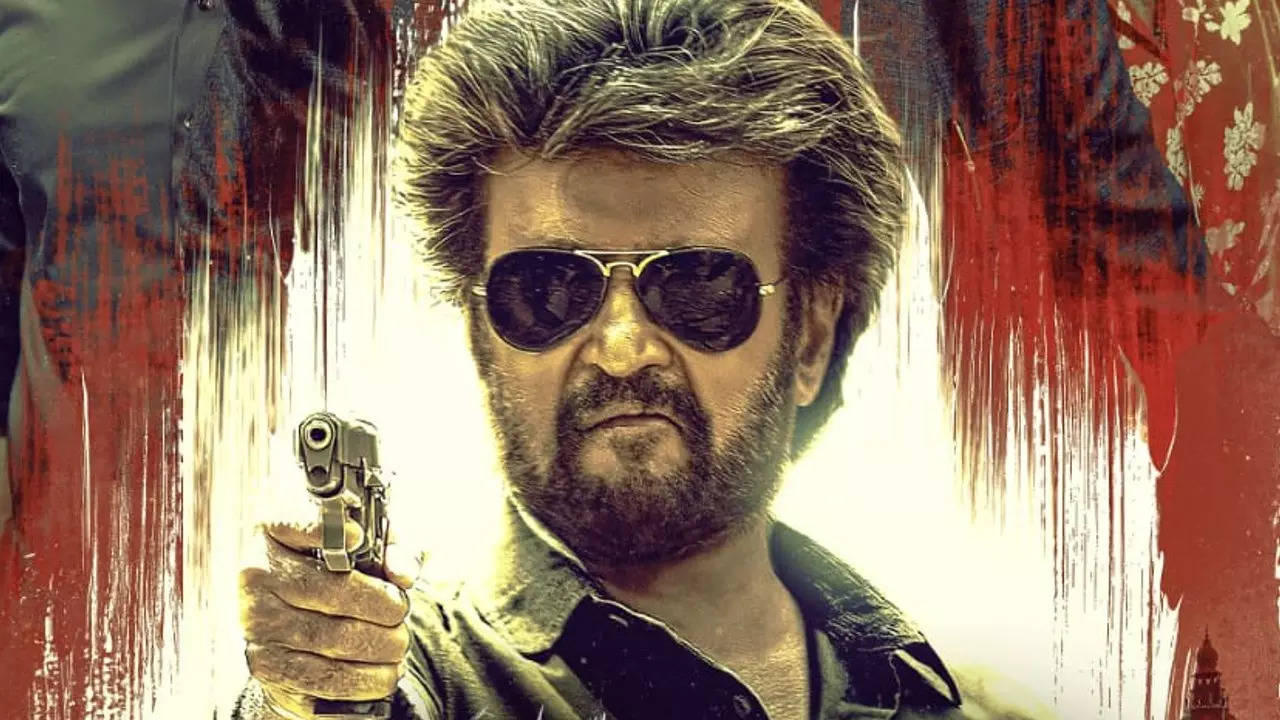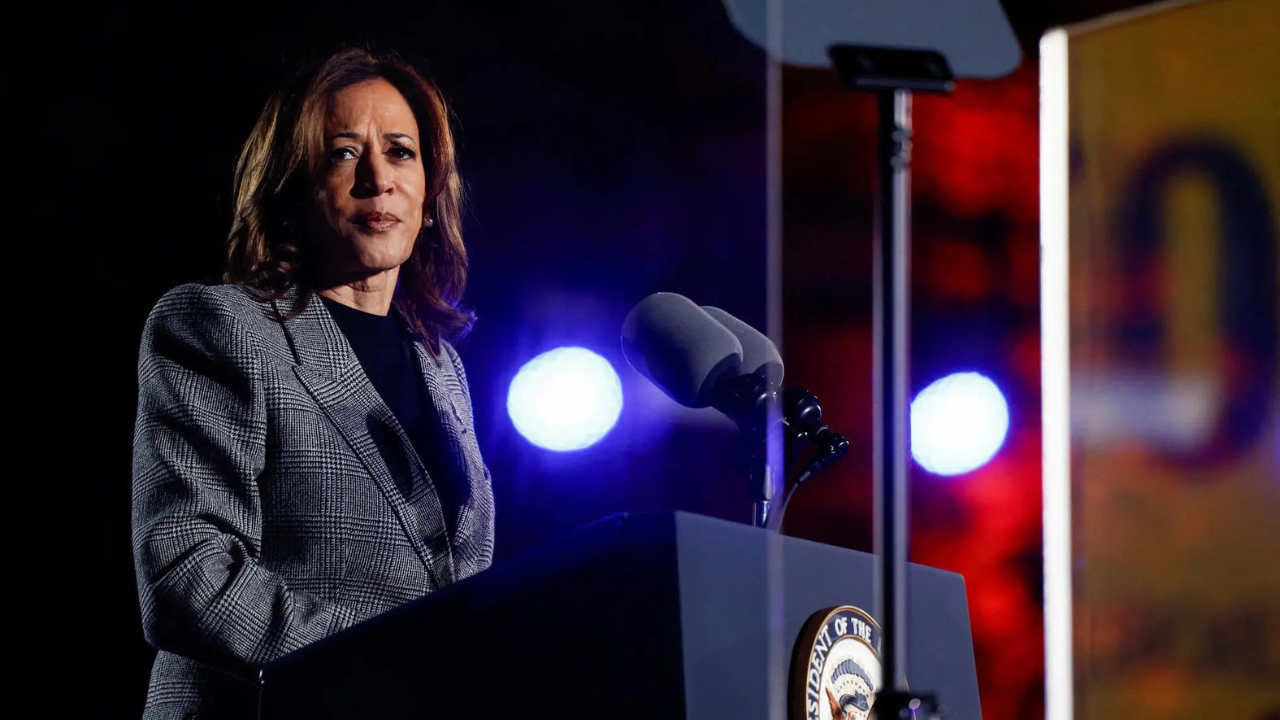How the twin debuts of Sourav Ganguly and Rahul Dravid at Lord’s in 1996 defined the future of Indian cricket
How the twin debuts of Sourav Ganguly and Rahul Dravid at Lord’s in 1996 defined the future of Indian cricket

In 'Nostalgia Drive', Anindya Dutta celebrates a significant victory in Indian cricket which occurred in that corresponding month in history.
***
For four long years I had been denied the nectar of the gods: Cricket had abruptly disappeared from my life the moment I landed at Boston’s Logan Airport as a student. It was the late 1980s and there was no live streaming, no television coverage, no dedicated websites. I craved the drug of sport, for without that fix, my insides would have withered and died. Such was my addiction that it needed three infatuations — basketball, American football and baseball — to fill the void of true love.
In 1993 when I returned to India, my soul sought retribution for what it had been denied. The Eden Gardens rose to the occasion. That December, I sat mesmerised in the CAB (Cricket Association of Bengal) stands watching Bengal play Assam in the Ranji Trophy. I was prepared to lap up any cricket after the hiatus, but what lay in store for me was well in the realms of the extraordinary.
Even while in cricketing exile, I had heard stories about a certain 20-year-old southpaw. Back copies of Times of India at the university library had alleged that Sourav Ganguly had behaved like a brat on the tour of Australia two years before. My father had urged me to ignore the noise and go and watch him bat. As if to prove a point, Ganguly put on a show.
Over the four days of the match, I was among a handful of diehard fans of the sport who watched a genius at work. It was evident why a few years later his teammate Rahul Dravid would quip: ‘On the offside, first there is God, then Sourav Ganguly.’ Ganguly’s 148 and 100 in that match was a sign of what lay in store for Indian cricket in the years to come.
Fast forward three years, to Lord’s 1996.
It had been 64 years since Colonel CK Nayudu led the first Indian Test side out onto the home of cricket, and 10 since Headquarters had ultimately been conquered by a Kapil Dev-led Indian team. That victory had been possible largely due to the efforts of another Colonel (the moniker reflecting his imperious batsmanship rather than rank) — Dilip Vengsarkar, whose name now adorned the Honours board at the ground. Vengsarkar with three tons against his name, had been among the seven Indians to score a century at the ground. None had had the temerity to attempt it on debut. But we’re getting ahead of our story.
A Defeat Brings Changes in the Side
The Indian side that landed in the British Isles that summer was a mix of raw youth and deep experience.
Leading the side in 1996 was Mohammad Azharuddin, a man who had made his sensational debut against the same opponents at home. In that series he had wristily dispatched the English bowlers to all parts of the ground and rattled up three successive centuries. Keeping wickets was Nayan Mongia and guardian of the middle order was Ajay Jadeja. In three short years, all three would be gone under the shadow of match fixing charges.
But there were some who would form the nucleus of the future Indian sides. At the ripe young age of 22, walking in at No.4 was a veteran with six years of international cricket under his belt. His name was Sachin Tendulkar. The cherry shone in the outsized hands of Javagal Srinath who had emerged as a worthy successor to Kapil Dev. Partnering him was Venkatesh Prasad, a man who would in the years ahead become a past master at making the new ball ‘talk’. Manning the spin department, on his second tour of England, was Anil Kumble. It wasn’t obvious at that stage, but in three short years, as many paeans would be sung of his ‘Perfect 10’ as Nadia Comaneci had generated after hers.
A humiliating defeat at Edgbaston in the first Test of the 1996 tour was now fated to add two bright stars to this rapidly brightening Indian cricket firmament.
With Navjot Sindhu making an inglorious exit from the touring squad following differences with the captain, just like his predecessor from the Punjab — Lala Amarnath, had done in 1936, the top order looked fragile. Sanjay Manjrekar was in poor form, and the failures at Edgbaston sealed his fate. Replacing him at No. 3 at Lord’s was Sourav Ganguly.
Azhar himself was in poor form, and to bolster the batting, the left-arm spin of Sunil Joshi was replaced by the straight bat of the second debutant, Rahul Dravid. Strangely, and for one of only two times in his career, Dravid would bat at No.7.
????️ #OnThisDay in 1996: @SGanguly99 scored his first Test ???? & Rahul Dravid played his first ball in Test cricket. ???? ????
The rest is history! ???? ???? pic.twitter.com/zcLQxiTc5l
— BCCI (@BCCI) June 22, 2021
England Win the Toss But Debutants Steal the Show
Lord’s is one of the few venues in England where batting first is a good idea regardless of the weather. It was little surprise therefore that the home team would choose to do so on winning the toss. However at 107 for 5, the decision seemed a bit less obvious. Two of those wickets had fallen to the significant sideways movement achieved by the debutant from Kolkata.
But to England’s rescue came Graham Thorpe and wicketkeeper Jack Russell. The latter’s vibrancy with the paint brush was matched that day by the artistry of his bat. Together they stitched a remarkable partnership to take England to 344. Russell’s 124 would eventually earn him the Man of the Match award.
The underwhelming Test career of Indian opener Vikram Rathour continued to disappoint and at his dismissal, Ganguly walked out to bat. With the team score at 59, Sachin Tendulkar, Ganguly’s roommate from their days together in school cricket, joined him in the middle. It was a sight that would become a familiar one to fans around the world over the next two decades.
The next day Tendulkar was dismissed, but Ganguly continued to display his artistry. England had four pace bowlers in their ranks, all trying to probe Ganguly’s ‘corridor of uncertainty’ outside the off stump. But Chris Lewis, Dominic Cork, Alan Mullally and Peter Martin soon realised that he didn’t have one. Anything on or outside the off was caressed to the fence through the covers. They over pitched and he drove. They bowled short, and he pulled. They erred outside the off, and he cut. They pitched it on middle, and he straight drove past long off.
At the other end was Rahul Dravid. Where Ganguly was flashy, he was poised, where the southpaw was extravagant, he was dogged, where Ganguly displayed elegance, Dravid was correctness personified. Together, they literally drove the English to despair.
When Ganguly reached his century with a pump of his fists, he was only the third debutant to do so at Lord’s. On the Honours board, his name now stood next to the other two — Harry Graham of Australia and John Hampshire of England. Ganguly was eventually dismissed for 131 and Dravid followed suit, edging Mullaly to the slips. The latter would however have to wait a few years to add his name to the Board, falling five runs short of what would have been a well-deserved three figure mark.
India was all out for 429, taking an 85-run lead, and the match eventually petered out into a tame draw. The significance of the contest at Lord’s that summer, was not however in the result of the Test match, or even in the individual achievements themselves, but in its long term impact on world cricket.
Twin Debuts that Changed the Future of Indian Cricket
Over the next two decades or so, the Cathedral of Indian Cricket that would dominate the global landscape, soared skywards on the broad shoulders of Sourav Ganguly and Rahul Dravid. Joining them later in 1996 would be the indomitable spirit and determination of VVS Laxman. Anchoring India’s race to the top was of course the diminutive yet dominating figure of Sachin Tendulkar. If ever there was a golden generation of Indian cricketers, it would be the Fab 4.
Unlikely as it may have seemed to him and the rest of the nation on that 1991-92 tour of Australia, Sourav Ganguly was fated to be the man who transformed Indian cricket.
India had won barely 20 percent of all Test matches in the six decades before he took over as captain after the match fixing scandal of 1999. He single-handedly built a new team from the ashes of the nation’s despair. India’s win percentage would go up to 43 percent under him and stay on a rising trajectory thereafter. Ganguly would bring true Indianness into the side, ridding it of regional bias and dominance of a few powerful bodies. He would impart an uncompromising winning attitude in the team. He may not have ended up as the most successful Indian captain by numbers, but he certainly stands head and shoulders above the others for his pioneering role in its phenomenal success.
Playing 424 international matches, Ganguly personally scored over 18,500 international runs at an average over 41 across formats. Eventually he would take over the highest cricketing office in the land.
And if Ganguly engineered the present of the team, Dravid would guarantee its future. Playing 508 international matches, the man who came to be referred as ‘The Wall’ scored over 24,000 runs. He stood tall as the edifice sometimes crumbled around him, and found a way to steer the team to the inevitable win.
Today, Dravid is responsible for securing the future of the sport in India. It is under his guidance that the new stars of Indian cricket are emerging from the farthest corners of the nation. It is his set of boys who are standing up to be counted in Dravidian fashion and guiding India to unlikely victories.
As India battles on English soil for the World Test Championship as one of the two best Test teams in the world, the nation needs to thank the two men who made their debuts on this day at the Mecca of Cricket in 1996, forever transforming the future of the sport in the country.
Anindya Dutta is a cricket columnist and author of four bestselling books. His latest, Wizards: The Story of Indian Spin Bowling won India’s Cricket Book of the Year award for 2019.



 Admin
Admin 




































